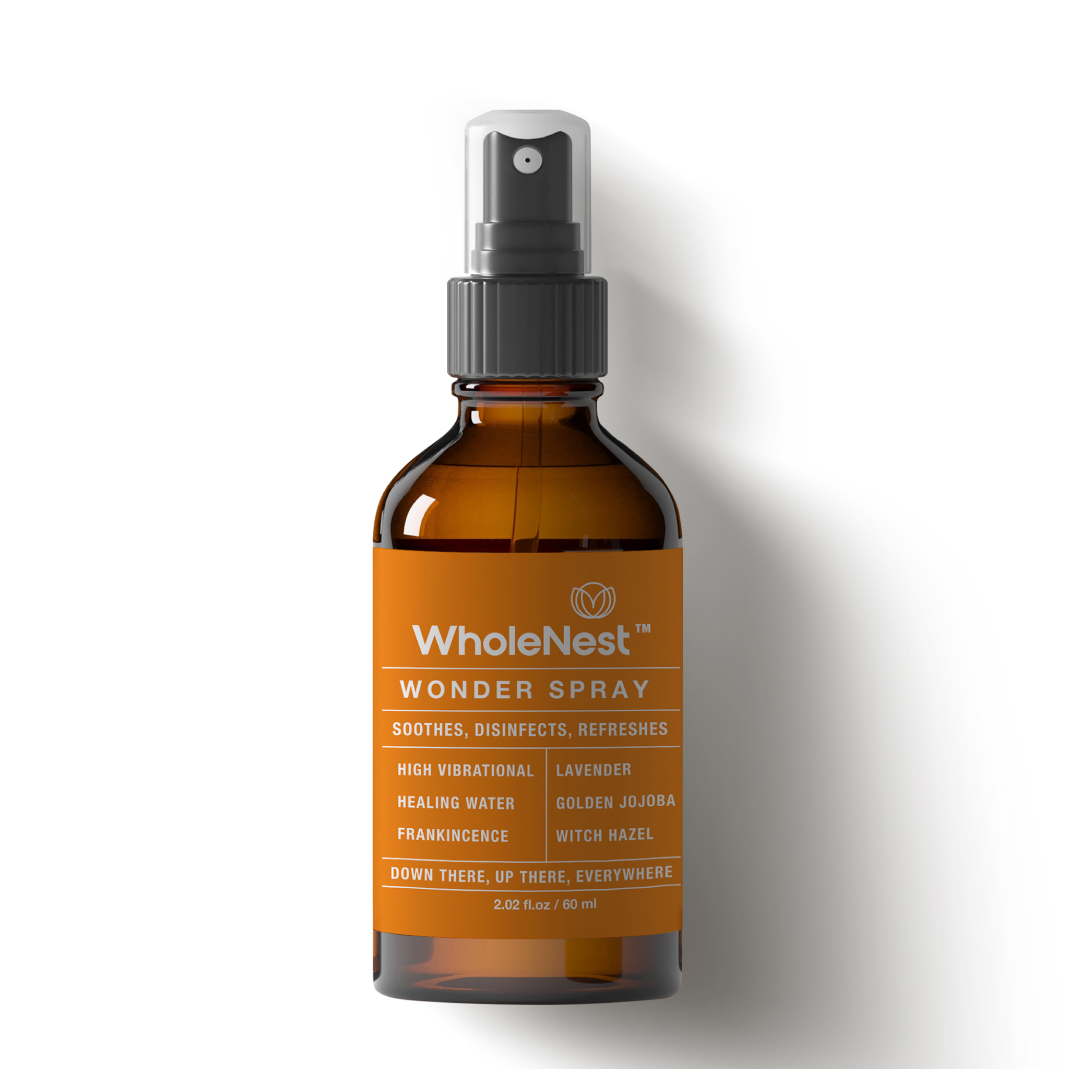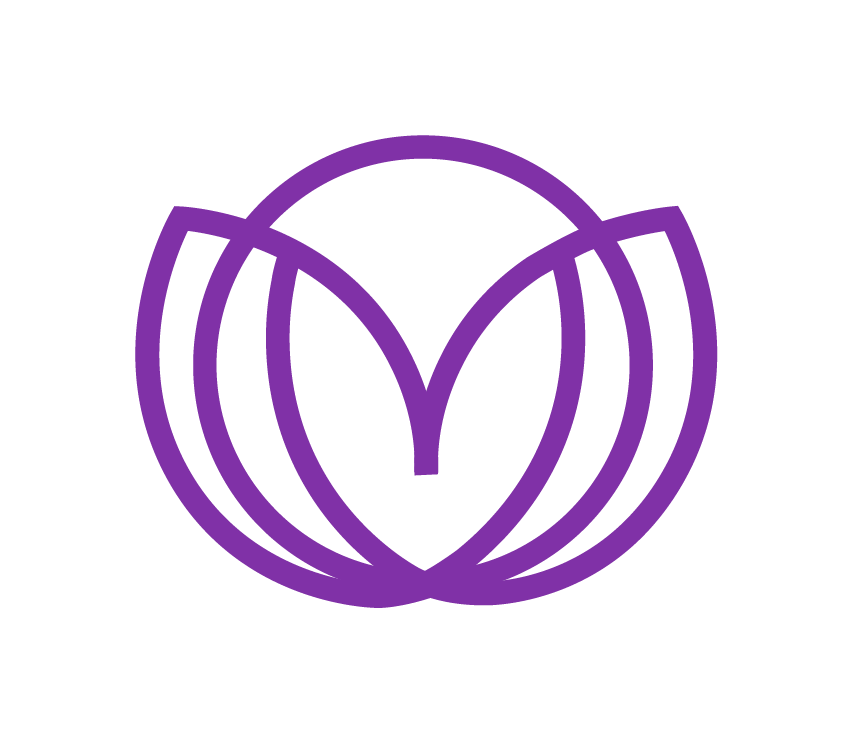C-sections are pretty common these days, but that doesn't make the recovery process any easier. Between managing pain, dealing with limited mobility, and taking care of your new little one, it’s no wonder sleep can be unreachable.
Rest is super important for your healing process and overall well-being, though. That’s why we've put together this guide to help you find ways to sleep comfortably after a C-section. We’ll share tips on everything from preparing your sleep environment to finding the best positions and managing pain.
Challenges of Sleeping After a C-Section
What are the Common Discomforts and Challenges Post-C-Section?
Recovering from a C-section can be a challenging experience, especially when it comes to getting a good night's sleep. Here are some common challenges mothers encounter when trying to sleep after a C-section:
1. Pain and Incision Discomfort
Dealing with the incision from a C-section can be a real pain—literally.It can really mess with finding a comfy sleeping spot. Whether it's a sharp jab or a constant ache, movements can make it feel worse. To help manage this, using pain relief products like Wonder Spray can soothe the stitches and ease that discomfort, making it easier to get the rest you need.
2. Limited Mobility
After a C-section, your range of motion is often restricted due to the healing incision and overall soreness. Simple movements like turning in bed, getting up, or lying down can be painful and require extra effort, leading to disrupted sleep and discomfort throughout the night.
3. Difficulty Finding a Comfortable Position
With that incision and your body feeling sore all over, sleeping in your usual positions might not work out so well. Stomach sleeping is definitely a no-go until you’ve healed up more, and even side or back sleeping can be tricky without the right support. Trying to get comfy can mean restless nights and not getting the rest you really need.
4. Swelling and Sensitivity
Swelling and sensitivity around the incision area are common in the weeks following a C-section. This can lead to additional discomfort when lying down, especially if pressure is applied to the sensitive areas. Finding ways to reduce swelling and sensitivity is important for improving sleep comfort.
5. Psychological Factors
The stress and anxiety that come with recovery, plus all the new demands of caring for your baby, can really mess with your sleep. It's natural to worry about healing, taking care of your little one, and navigating postpartum life, and all that can add up to nights of tossing and turning or just not getting enough shut-eye.

Preparing Your Sleep Environment
Creating a cozy sleep environment is essential for getting quality rest, especially after a C-section. The right setup can significantly reduce discomfort and help you relax, promoting better sleep and a smoother recovery. Here are some key considerations and tips for preparing your sleep environment:
How to Choose the Right Mattress and Pillows?
1. Invest in a Supportive Mattress
A good mattress can make a world of difference in your comfort level. Opt for a medium-firm mattress that provides adequate support without being too hard. A mattress that conforms to your body can help distribute your weight evenly and reduce pressure on sensitive areas
2. Use Plenty of Pillows
Pillows are your best friends during the recovery period. Use them to support different parts of your body and relieve pressure points. Consider:
- Body Pillows: These can be used to support your back, knees, and abdomen, helping you find a comfortable position.
- Wedge Pillows: These are great for elevating your upper body, which can alleviate pressure on your incision site and reduce swelling.
- Regular Pillows: Use them to cushion your sides, support your legs, and provide additional comfort wherever needed.
How to Create a Calm and Relaxing Sleep Space?
1. Keep Your Room Cool-Warm and Dark
Make your bedroom a sleep haven by keeping it cool-warm and dark. Blackout curtains can block out light, and setting the thermostat to a comfy temperature helps you drift off more easily.
2. Reduce Noise
Cut down on noise disruptions with a white noise machine or earplugs. Gentle, soothing sounds can help you relax and get to sleep faster.
3. Maintain a Clean and Organized Space
A tidy room means a calmer mind. Keeping your sleep area neat and organized can reduce stress and make it a more inviting spot for rest.

What are the essential items to have on hand?
1. Nightstand Essentials
Keep a nightstand or small table next to your bed stocked with must-haves like water, snacks, pain relief products, your phone, and anything else you might need during the night. This way, you won’t have to get up and move around much, which can help reduce strain on your incision.
2. Nursing Supplies
If you’re breastfeeding, have your nursing supplies within easy reach. This includes a nursing pillow, burp cloths, and a breast pump if you need it.
3. Comfort Aids
Keep comfort aids like Wonder Spray nearby to soothe perineal and incision discomfort. It provides quick relief and helps you get back to sleep more comfortably.
Best Sleep Positions After a C-Section
Getting comfy after a C-section is super important for easing pain and helping your body heal. The right position can reduce pressure on your incision, ease discomfort, and support your recovery. Here are some top sleep positions to try:
The Back-Sleeping Position with Pillow Support
1. Lie on Your Back
Sleeping on your back is often the easiest and most comfortable position right after a C-section. It avoids putting pressure on your incision and can help reduce swelling and discomfort.
2. Use Pillows to Elevate Your Upper Body
Stack a few pillows under your head and shoulders to elevate your upper body a bit. This can help relieve pressure on your abdomen and make breathing easier.
3. Place a Pillow Under Your Knees
Pop a pillow under your knees to keep a natural curve in your lower back and reduce strain on your incision. This position also helps with blood circulation.
Side-Sleeping with a Body Pillow
1. Lie on Your Side
Side-sleeping can be comfy once your incision starts to heal. It helps take pressure off your back and abdomen.
2. Use a Body Pillow for Support
Hug a body pillow and place it between your legs. This keeps your spine neutral and reduces strain on your lower back and incision.
3. Pillow Behind Your Back
Put a pillow behind your back for extra support to prevent rolling onto your back or stomach during the night.

Avoiding Stomach Sleeping
1. Delay Stomach Sleeping
Avoid stomach sleeping until your incision is fully healed and you’re pain-free. This position can put too much pressure on your incision and abdomen, causing pain and delaying healing.
2. Transition Slowly
When you're ready to try stomach sleeping, start slowly. Lie on your stomach for short periods while awake to see how it feels before attempting to sleep in this position.
Tips for Transitioning Between Positions
1. Move Slowly and Carefully
Change positions slowly and carefully to avoid straining your incision. Use your arms and legs to shift your weight gradually.
2. Use a Support Person
Don’t hesitate to ask your partner or a family member for help. They can support you and ensure you change positions safely.
3. Listen to Your Body
Pay attention to how your body feels in different positions. If you experience more pain or discomfort, adjust your position or try a different one.
Everyone’s recovery is different, so listen to your body and adjust as needed for a restful, restorative sleep.

Pain Management and Comfort Aids
Getting a good night's sleep after a C-section means managing pain and discomfort effectively. Prepare a kit with prescribed meds, natural remedies, and supportive products that help you rest more comfortably. Here are some tips and comfort aids to consider:
Using Prescribed Pain Medications as Directed
1. Follow Your Doctor’s Instructions
Your doctor will likely give you pain meds to help with the post-op pain. Make sure to take them exactly as directed to keep pain in check and prevent it from messing with your sleep.
2. Stay Ahead of the Pain
Take your pain meds on a regular schedule, especially in the first few days after surgery. Don’t wait until the pain gets bad—it’ll be harder to manage and will disrupt your sleep.
3. Discuss Concerns with Your Doctor
If you have any concerns about your pain meds or experience side effects, talk to your doctor. They can adjust your prescription or suggest other pain management strategies.
Applying WholeNest’s Wonder Spray for Perineal and Incision Discomfort
1. Use Wonder Spray for Soreness Relief
WholeNest’s Wonder Spray has natural, soothing ingredients to help with discomfort around your perineal area and incision site. Applying the spray can give you quick relief and promote healing.
2. How to Apply
Gently clean the affected area with warm water and pat it dry before applying the spray. Use it as often as needed, especially before bed, to reduce pain and irritation.
3. Natural and Safe Ingredients
Wonder Spray contains safe, natural ingredients, making it perfect for postpartum recovery. It helps soothe inflammation and reduce discomfort without harsh chemicals.

Utilizing Hot and Cold Packs for Pain Relief
1. Cold Packs for Swelling and Inflammation
Cold packs can help reduce swelling and inflammation around your incision. Apply a cold pack wrapped in a cloth to the area for 15-20 minutes, several times a day.
2. Heat Packs for Muscle Soreness
Heat packs can ease muscle soreness and tension, especially in your back and shoulders. Use a warm, moist heat pack for 15-20 minutes to relax muscles and relieve pain.
3. Alternating Hot and Cold Therapy
Switching between hot and cold therapy can offer comprehensive pain relief. Start with a cold pack to reduce swelling, then use a heat pack to relax muscles.
Additional Comfort Aids
1. Postpartum Belly Binder
A postpartum belly binder can provide gentle compression and support to your abdominal area, reducing discomfort and helping you move more easily. Wearing a binder during the day can also support your incision and improve posture.
2. Essential Oils for Relaxation
Certain essential oils, like lavender and chamomile, can help you relax and improve sleep quality. Use a diffuser in your bedroom or apply diluted essential oils to your pillow or pulse points before bed. You can also use the Go Away Cold or Wonder Spray.
3. WholeNest’s Honey Lavender Magic
This product can help treat bruises, cuts, and swelling with natural, organic ingredients. Apply it gently around the incision area to promote healing and reduce pain.
4. Comfortable Clothing
Wear loose, breathable clothing to bed. Avoid tight waistbands or fabrics that could irritate your incision site.
Establishing a Sleep Routine
Getting into a consistent sleep routine is key for better sleep quality and a smoother recovery after a C-section. By mixing in some relaxation techniques and healthy habits, you can create a sleep-friendly environment. Here are some tips to help you set up a sleep routine:
How To Set a Consistent Sleep Schedule?
1. Prioritize Regular Bedtimes and Wake Times
Try to go to bed and wake up at the same time every day, even on weekends. This helps keep your body’s internal clock on track and improves overall sleep quality.
2. Adjusting for Nighttime Feedings
If you’re breastfeeding, plan your nighttime feedings into your sleep schedule. Coordinate with your partner or support person to take turns feeding the baby so each of you gets some uninterrupted sleep.

What Relaxation Techniques You Should Incorporate Before Bed?
1. Practice Relaxation Exercises
Do some relaxation techniques like deep breathing, progressive muscle relaxation, or gentle yoga stretches before bedtime. These can help calm your mind and get your body ready for sleep.
2. Limit Stimulating Activities
Avoid stimulating activities close to bedtime, like watching TV, using electronic devices, or intense physical activity. Choose calming activities that help you wind down instead.
When to Seek Medical Advice?
Knowing when to seek medical advice after a C-section is important for ensuring your recovery progresses smoothly and safely. While some discomfort and changes in sleep patterns are normal, certain symptoms may indicate a need for medical attention. Here are signs to watch for:
Signs to Seek Medical Advice:
- Increased Pain or Worsening Discomfort: If your pain levels increase despite taking prescribed medications, or if you experience severe or persistent pain that is not relieved by rest or pain relievers, contact your healthcare provider.
- Fever or Chills: A fever (temperature above 100.4°F or 38°C) accompanied by chills may indicate an infection. Other signs of infection include increased redness, swelling, warmth, or drainage around your incision site.
- Excessive Bleeding: While some bleeding and discharge are normal after childbirth, excessive bleeding that soaks through pads quickly or large blood clots may require medical attention.
- Difficulty Breathing: If you experience shortness of breath, chest pain, or difficulty breathing, seek medical help immediately, as these could be signs of a serious complication such as a blood clot in the lungs (pulmonary embolism).
- Persistent Headaches or Visual Changes: These symptoms could be signs of high blood pressure (preeclampsia) or other complications that require medical evaluation.
- Emotional Distress: Feeling overwhelmed, anxious, or experiencing mood swings are common after childbirth. However, if these feelings become intense, persist, or interfere with your daily life, reach out to your healthcare provider for support and guidance.
Recovering from a C-section involves more than just physical healing—it’s a journey that requires patience, self-care, and sometimes seeking help when needed. Sleep plays a crucial role in this recovery process, providing the restorative rest your body needs to heal. By implementing the tips and strategies outlined in this blog, such as optimizing your sleep environment, practicing relaxation techniques, and using comfort aids like WholeNest’s products, you can improve your sleep quality and overall well-being.
Remember, every woman’s recovery experience is unique, and it’s normal to face challenges along the way. Be gentle with yourself, listen to your body, and don’t hesitate to reach out to your healthcare provider if you have concerns or questions. With time, patience, and the right support, you will gradually regain your strength and adapt to your new role as a mother.
WholeNest is here to support you on your journey with natural, safe products designed to enhance your postpartum recovery. We believe in the power of nature to nurture and heal, empowering mothers to embrace this transformative time with comfort and confidence.





